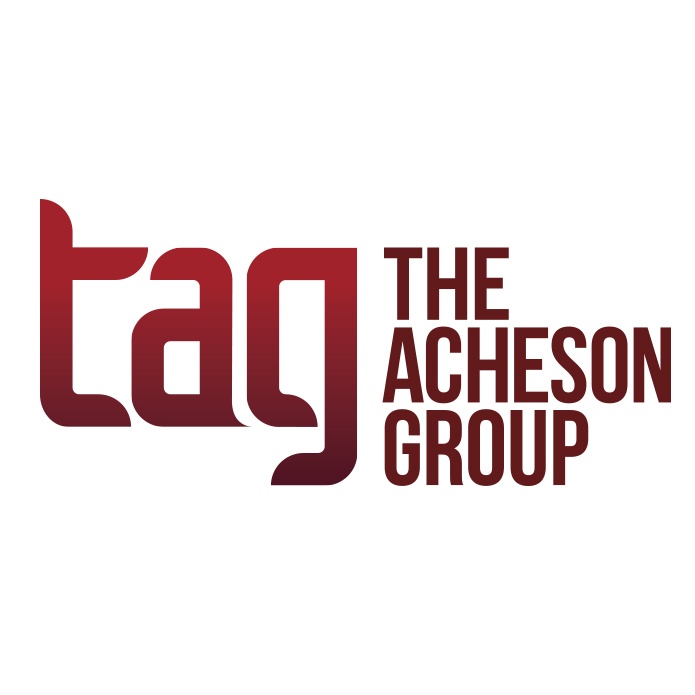Recalls can have considerable impact on a food facility’s business, and when the recall is for a food used widely as an ingredient, it has the potential to significantly affect a vast array of businesses as well as consumers. And the longer it takes to identify the source and conduct a thorough recall, the more impact it is likely to have. Consider the differences between two key recalls of 2018. In the early-year E. coli-contaminated romaine outbreak, the source was never specifically determined, so no formal recall from an initial source was ever conducted, though product was removed from the supply chain once the CDC advised against eating romaine lettuce grown in the Yuma, Ariz., region. The contamination resulted in 210 illnesses in 36 states and five deaths. On the other hand, when a routine test-and-hold sampling showed a positive for Salmonella, both the whey powder producer and manufacturers of products in which the whey was used conducted precautionary recalls due to the potential presence of Salmonella – even though all products shipped to the marketplace tested negative. As a result, product was removed from retail shelves and no illnesses were reported in connection with the products. Whether a contamination is caused by a supplier or an internal error or issue, the impact of a recall can be reduced when one is prepared for the possibility with a comprehensive program and preparation, which enable fast response. Being ready before a recall is a key part of success. But how does a food facility prepare? For this week’s newsletter, TAG invited Roger Hancock Founder and CEO of Recall InfoLink to provide our readers with a framework for the preparation and execution of a recall to protect your customers and your brand. By Roger Hancock Navigating through an unexpected business event like a recall requires skill, pre-planning and practice. The surprising complexity of a product recall often results in unanticipated exposure, leading to longer recovery time for both the brand and the company. Having a robust and tested recall plan as part of a crisis response portfolio can be the difference between closing your doors from the cost and liability of a recall and building your brand image in the minds of your consumers. What is at the heart of a robust recall plan? A checklist of items is a starting point. Plus, making sure each item on the list works as expected must be ensured regularly – before it is actually needed. Along with the checklist, a cross-functional team, representing the many parts of a business impacted by a recall forms the foundation for effective recall management. In addition to the natural role of the Quality Assurance and Legal departments, consider including Communications for crafting messages and Finance for managing the credits, expenses and stakeholder relations. Also consider the involvement of Logistics for product returns and resupply, Procurement for getting replacement product in the pipeline, and Customer Support for handling questions from trading partners and consumers alike. Depending on the role a company plays in the broader supply chain, other departments like Warehousing, Operations and Manufacturing may make sense for this team as well. Recalls require committee members to fill unique roles that differ from their daily routine. Removing product from the supply chain can bring product identification, segregation, tracking, shipping, disposition and other challenges, not to mention communicating with regulators and the public amidst these challenging circumstances. Practicing a company’s recall plan is the only way to ensure the team is prepared to handle a product recall efficiently to prevent dramatic financial and brand damage to the company. The checklist below provides a framework for practicing and can be tailored to the needs of a particular business. Create a recall committee with a point person and designated responsibilities. Develop a scenario that could cause a recall or product withdrawal to occur. Gather the relevant information about the possible product problem. Use the facts to decide whether to recall and understand the recall scope. Determine any regulatory compliance issues that must be addressed. Collect all relevant item information for each item in the recall. Determine which of your customers are affected by this recall and build a file. Determine the quantity of items shipped to fill purchase order(s) to each affected customer. Prepare communication pieces for each audience to be notified (customers, regulators, consumers). Reconvene the recall committee for review and approval of prepared actions. Communicate with all customers. Manage customer responses, product returns and resupply needs. Prepare and implement corrective actions. Reconvene the recall committee as required to monitor progress and respond to new developments. Convene the recall committee to debrief on the event, plan corrective actions, make process adjustments for future events, and wrap up any loose ends. Building brand loyalty and sales drives every business. Recalls and market withdrawals have the potential to damage a brand’s image through bad customer experiences, negative publicity and eroded consumer confidence. However, a recall or withdrawal that carefully communicates in a timely, customer-oriented way what actions are needed to protect the interests of all affected stakeholder groups can establish a brand in new and lasting ways. About The Acheson Group (TAG) Led by Former FDA Associate Commissioner for Foods Dr. David Acheson, TAG is a food safety consulting group that provides guidance and expertise worldwide for companies throughout the food supply chain. With in-depth industry knowledge combined with real-world experience, TAG’s team of food safety experts help companies more effectively mitigate risk, improve operational efficiencies, and ensure regulatory and standards compliance. www.AchesonGroup.com






